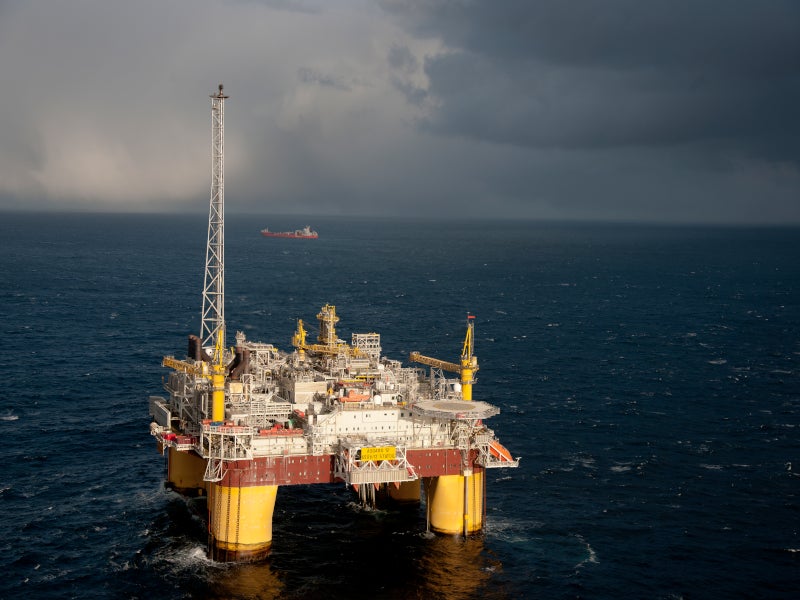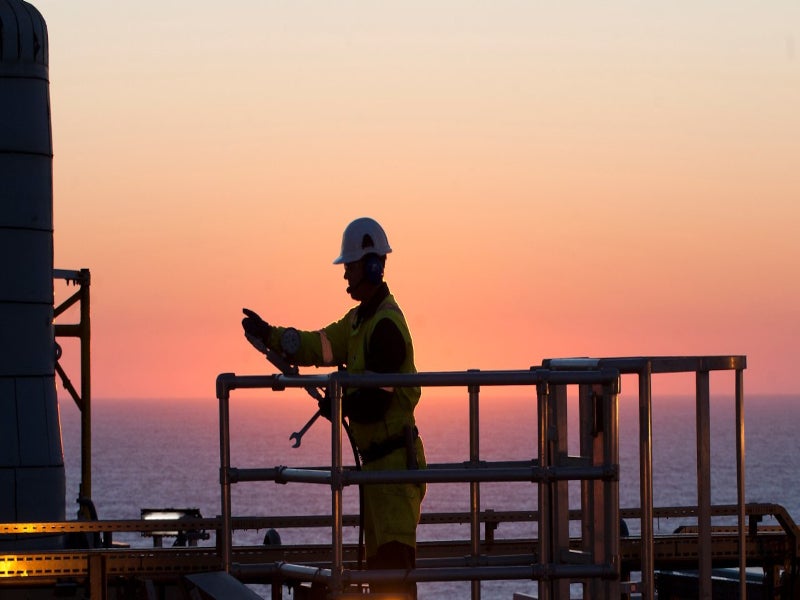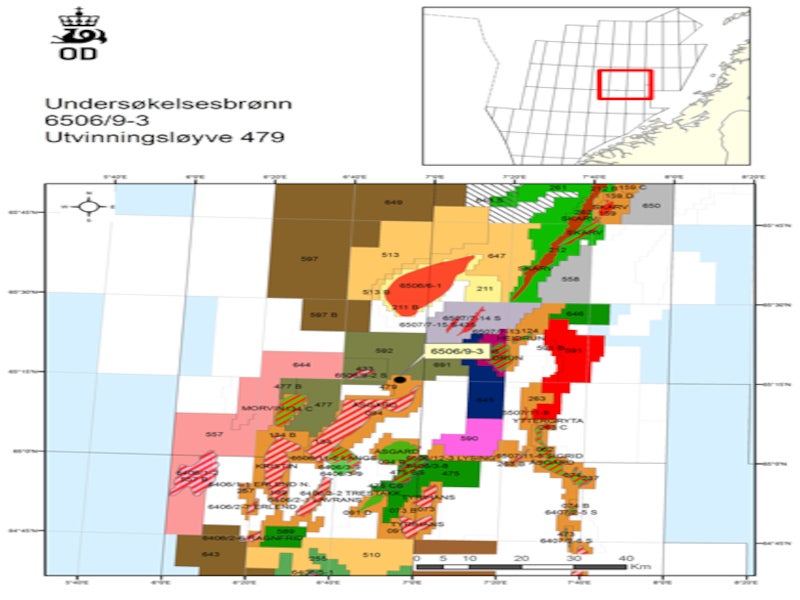Smørbukk Nord is a gas and condensate field located on the Norwegian Continental Shelf (NCS) in the Haltenbanken area of the Norwegian Sea.
Operated by Equinor Energy, a Norwegian energy company, the field is estimated to hold between 25 million and 45 million barrels of oil equivalent (Mboe) in recoverable reserves.
Smørbukk Nord gas and condensate field discovery and geology
The Smørbukk Nord field was discovered by the operator Statoil Petroleum (now Equinor) in 2013 by the drilling of wildcat exploration well 6506/9-3 in the production licence (PL) 479, using the semi-submersible drilling rig Transocean Leader.
The well was spudded 5km north of the existing Åsgard field infrastructure in the Norwegian Sea. The objective was to prove the presence of hydrocarbons in Middle Jurassic reservoir rocks in the Garn, Ile and Tofte formations, and in reservoir rocks of the Lower Jurassic era in the Ror, Tilje and Åre formations.
The 6506/9-3 well was drilled at a water depth of 302m to a total depth of 4,692m below sea level and terminated in the early Jurassic Åre formation.
The well intercepted a gas and condensate column of about 40m in the Garn formation, and a thin gas and condensate column in the Ile formation.
The Garn formation is characterised by good reservoir properties, while the Ile formation has poor reservoir characteristics. The deeper Tofte and Tilje formations hold some gas in a tight reservoir while the Åre formation is water-wet.
The discovery in the Garn formation is estimated to contain between four million and 7.5 million standard cubic metres (Sm³) of recoverable oil equivalent. The discovery well was permanently plugged and abandoned in August 2013.
Development of the Smørbukk Nord gas and condensate field
The Smørbukk Nord field will be developed as a brownfield tieback to the Åsgard field. It will be installed with a high-pressure, high-temperature (HP/HT) subsea production system (SPS) and associated equipment.
The installation works will be executed using TechnipFMC’s battery-hybrid vessel, reducing fuel consumption and greenhouse gas emissions.
Details of the Asgard field
Åsgard is an oil, gas and condensate field comprising the Midgard, Smørbukk, and Smørbukk South deposits, located at a water depth ranging between 240m and 300m in Haltenbanken in the Norwegian Sea. Equinor, the licence operator, holds 34.57% interest in the field. Petoro (35.69%), Vår Energi (22.06%), and Total E&P Norge (7.68%) are Equinor’s licence partners.
The Åsgard field was developed with 63 production and injection wells drilled through 19 subsea templates.
The Åsgard infrastructure contains Åsgard A oil production vessel, Åsgard B semi-submersible gas and condensate processing platform, and Åsgard C condensate storage vessel. Åsgard A started production in May 1999, while Åsgard B and Åsgard C came on stream in 2000.
The Mikkel and Yttergryta gas fields are also tied back to the Åsgard infrastructure.
Contractors involved
TechnipFMC received an integrated engineering, procurement, construction and installation (iEPCI™) contract from Equinor for the Smørbukk Nord field development in January 2022.
The contract followed the front-end engineering and design (FEED) work on the project in 2021.
TechnipFMC’s iEPCI™ delivery approach to subsea development integrates the SPS and subsea umbilicals, risers and flowlines (SURF), allowing for an efficient full-field subsea development.
The integrated approach also allows the company to provide better services throughout the life of the field. It reduces the costs, avoids duplication and mitigates the risk, while ensuring faster installation and first hydrocarbons production.









